My platform as a writer began more than five decades ago with a Khalil Gibran journal and by writing letters to my parents from summer sleep away camp. Although my first letter included only five words, “I hate camp, Love, Diana,” those days marked the beginning of my life-long fascination with the handwritten letter. After each of my birthdays and holidays when I received gifts, my mother had me to write a hand written thank you note. During each of my birthday parties, she created a list of all the gifts and who gave them so that I could write these personalized notes. I tried to instill this practice with my children, but with the need for instant gratification and ease at doing tasks, they tend to opt for the Internet thank you note, which in my eyes does not offer the same charm.
My passion for letter writing took a more intense leap at the age of nineteen during the courtship between me and my husband. For more than two years, we wrote letters to maintain our long-distance love. He lived in Canada while I lived in New York. Letters allowed us to dig deep into our own emotions, and we were able to say things not so easily said when face to face or on the telephone. Today, I have boxes of love letters, which one day will be a cherished heirloom for our three children.
Letter writing is a safe and often powerful way to release pent-up emotions, whether in the form of a letter-to-the-editor or to someone who might have been difficult to communicate with verbally. Sometimes it is just easier getting someone’s attention with a letter. It is also a good way to gather sentiments and thoughts before engaging in a conversation, even if the letter remains unsent. During turbulent times in my children’s’ lives, I turned to letter writing when I was disappointed by something they did or said.
The practice of letter writing goes back thousands of years and has served as a way for people to get in touch with one another, well at least until the invention of the telegraph in the 19th century. I was reminded of the historical value of letters years ago, when chaperoning my eldest daughter, Rachel, on a school trip to Williamsburg, Virginia to visit the home of Thomas Jefferson. The tour guide shared Jefferson’s inherent passion for letter writing. Jefferson had ingeniously crafted a device to make copies of all his written letters. He attached two pencils to either end of a two-foot long wire, and used one of the pencils to write with, and the other was suspended above a piece of paper to copy his words.
I think it is a good practice to write letters to mentors and those who inspire you. It is irrelevant whether they are mailed or not. The important thing is to get the sentiments on the page. Mystery writer, P. D. James says, “No other literary form is more revealing, more spontaneous or more individual than the letter.” Authors such as Pam Houston, Fenton Johnson and Shawn Wong frequently write letters. Some writers use letters to warm up their creative writing. It helps them get into the swing of their story or put them in the writing zone. Others write letters in their journal, particularly if they are having difficulty developing a story character. Author John McPhee, once said that every book he wrote began with the words, “Dear Mother.” Diarist Anais Nin, one of my favorites, started her first journal by writing a letter to her estranged father who left the family when Anais was ten to live with another woman. Her letters, like my own, were the platform for her life as a writer.
The best way to start writing a personal letter is to say exactly what you want to say and then to use the body of the letter to elaborate on the main points. It is important to just let the words flow, and not to force the words on the page. Using a natural spoken voice is a good way to get your message across. You might choose the circular path to letter writing. In other words, finishing the letter with the same thought you began with. Perhaps the most satisfying aspect of letter writing is the opportunity to communicate exactly what is on your mind and what a joy that brings to the sender and the receiver.
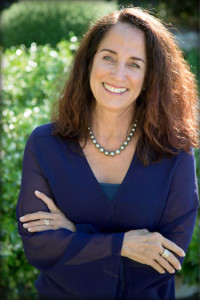
Diana Raab, PhD, is an award-winning poet, memoirist, blogger, speaker, and author of 8 books and over 500 articles and poems. She’s also editor of two anthologies, Writers on the Edge: 22 Writers Speak About Addiction and Dependency, and Writers and Their Notebooks. Raab’s two memoirs are Regina’s Closet: Finding My Grandmother’s Secret Journal, and Healing With Words: A Writer’s Cancer Journey. She’s a regular blogger for Psychology Today, Huffington Post, and PsychAlive. Her book, Writing for Bliss: A Seven- Step Plan for Telling Your Story and Transforming Your Life is due out in September 2017 by Loving Healing Press. Pre-orders will be taken on Amazon in May 2017.
Raab’s poetry appears in Black Fox Issues 1 and 9.
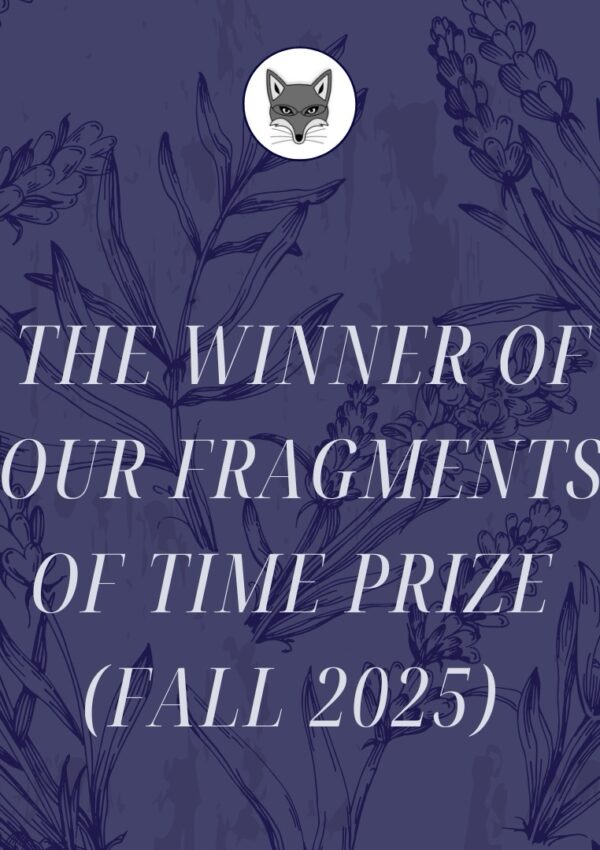
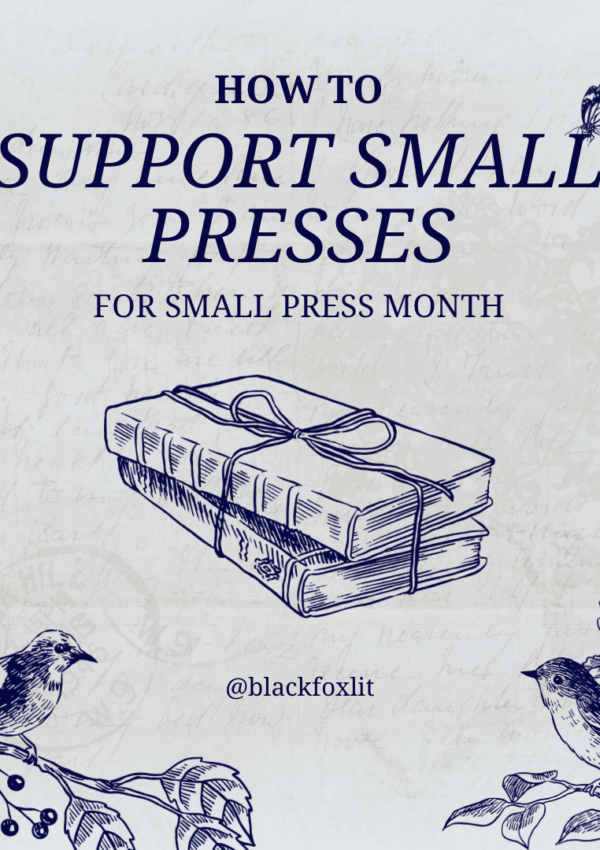
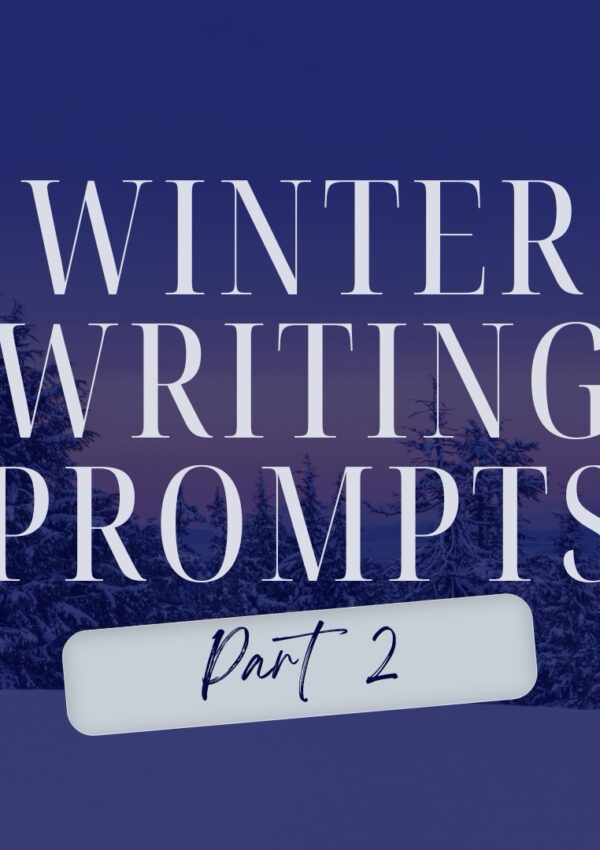
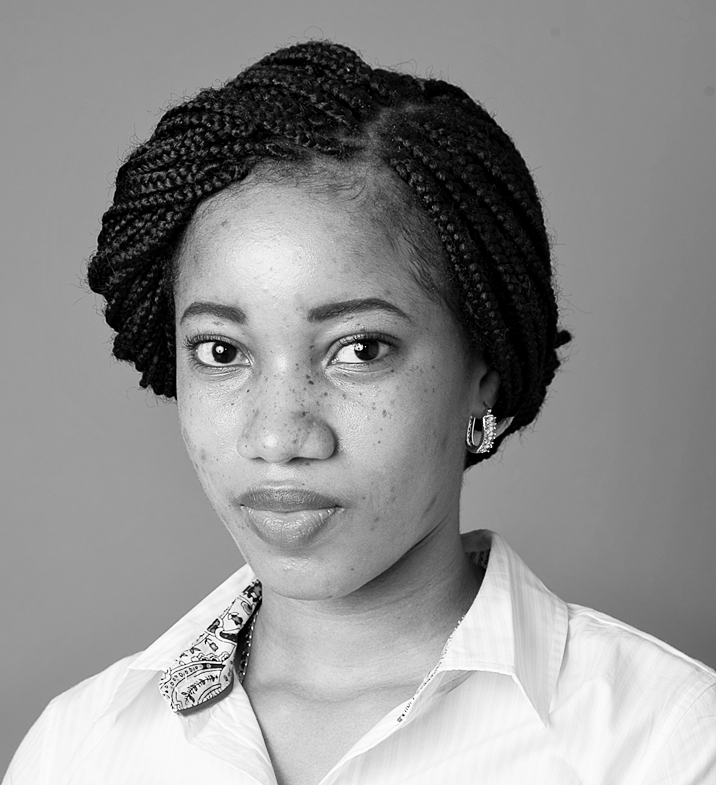
Dear Diana,
Back in the 1970’s I wrote to Anais Nin, and she replied. I have a few of her letters to me. Her journals, which we know now were highly expurgated,were a source of comfort and inspiration to me as I was struggling to find myself at the ripe age of 23! Synchronistically her next door neighbor was my then husband’s aunt and uncle in L.A! Anyway I am noodling around on the internet and found your site. Letter writing, real letters, a lost art that connected us to so many. Madeline L’Engle responded to a letter back in the 1990’s, my most recent was Joan Didion, I sent her a copy of my self-pub book Loving Richie: the true story of hearts connected beyond death( amazon.com). I love these letters they are living breathing pieces of connection and grace. Thanks for your article. Great website this Black Fox Lit magazine. warmly,